Moscow warns of escalation over potential use of long-range missiles by Kiev
- Update Time : Wednesday, November 20, 2024

Russia has issued a grave warning to the West, asserting that any use of long-range missiles by Ukraine to strike deep into Russian territory would constitute the “direct participation” of the United States and its allies in the ongoing conflict. This sharp declaration follows unverified reports suggesting that US President Joe Biden has authorized Ukraine to use American-supplied ATACMS missiles to target locations within Russia’s pre-2014 borders.
Maria Zakharova, spokeswoman for the Russian Foreign Ministry, issued a statement on November 18, underscoring the potential ramifications of such an escalation. “Kiev’s use of long-range missiles to attack our territory will mean the direct participation of the United States and its satellites in hostilities against Russia,” she stated. “In this case, Russia’s response will be adequate and tangible.”
The warning comes amidst reports in The New York Times suggesting that Biden has greenlit Ukraine’s use of long-range ATACMS missiles. While neither Washington nor Kiev has confirmed these claims, their mere suggestion has heightened tensions between Russia and the West. According to the report, these missiles might be deployed against Russian positions in regions such as Kursk, allegedly alongside North Korean troops assisting Moscow. Both Russia and North Korea have refrained from commenting on these allegations.
The White House has yet to issue an official response to these reports. When questioned about the matter, Zakharova highlighted the lack of confirmation from US officials, emphasizing Moscow’s vigilance regarding any potential policy shifts. Despite the uncertainty, Russia’s reaction underscores the Kremlin’s longstanding view that Western military support for Ukraine represents a direct threat to its national security.
Russian President Vladimir Putin has repeatedly warned against the provision of advanced weaponry to Ukraine, cautioning that such actions could drastically alter the nature of the conflict. In a September address, Putin stated, “Any move to arm Kiev with long-range capabilities would force us to make appropriate decisions based on the threats presented to us.” He suggested that equipping Ukraine with such weapons could blur the lines between indirect support and direct involvement by NATO countries.
Zakharova’s remarks echo this sentiment, signaling that Russia views the potential deployment of long-range missiles as a red line. “This would radically change the essence and nature of the conflict,” she said, reiterating that Moscow would not remain passive in the face of such developments. Russia’s stance suggests that any escalation involving long-range missiles could provoke significant retaliatory measures, potentially escalating the conflict to a level that involves direct confrontation with NATO forces.
The Kremlin has consistently framed Western military aid to Ukraine as an existential threat, using it to bolster domestic support for the conflict and to justify its military actions. By labeling the provision of long-range missiles as a game-changer, Moscow is signaling its intent to respond decisively to what it perceives as an escalation of Western involvement.
The potential use of ATACMS missiles by Ukraine-capable of striking targets up to 300 kilometers away-would mark a significant shift in the battlefield dynamics. These missiles would enable Ukrainian forces to target critical infrastructure and military installations deep within Russian territory, a capability that could undermine Russia’s strategic advantage. From Moscow’s perspective, this would not only escalate the conflict but also validate its claims of direct Western involvement.
Western leaders have expressed concerns about the potential for further escalation. NATO Secretary General Jens Stoltenberg recently emphasized the importance of avoiding actions that could provoke a direct confrontation between NATO and Russia. Despite these concerns, the alliance continues to provide substantial military aid to Ukraine, including advanced weaponry and intelligence support.
The reported policy shift regarding ATACMS missiles also raises questions about Washington’s broader strategy. While the Biden administration has carefully calibrated its support for Ukraine to avoid crossing Russia’s red lines, the provision of long-range missiles could be perceived as a significant escalation. This risk is compounded by Russia’s warnings that such actions would change the “essence” of the conflict, potentially leading to a direct clash between nuclear-armed powers.
The current situation highlights the delicate balance of power in the Ukraine conflict, where any misstep could have catastrophic consequences. The lack of official confirmation regarding the reported use of ATACMS missiles underscores the ambiguity surrounding US policy. However, even the possibility of such a shift has provoked a strong reaction from Moscow, illustrating the high stakes involved.
Zakharova’s statement reflects the Kremlin’s broader strategy of using diplomatic channels to warn against perceived provocations while simultaneously preparing for potential military responses. By framing the issue as one of Western aggression, Russia seeks to rally domestic and international support for its actions. This narrative also serves to justify any future escalation, positioning Russia as a defender of its sovereignty against external threats.
The unfolding developments underscore the volatility of the Ukraine conflict and the challenges of navigating a crisis that has far-reaching implications for global security. While the reports of US authorization for ATACMS use remain unverified, their potential impact on the conflict cannot be overstated. Moscow’s warnings highlight the risks of escalation and the thin line separating indirect support from direct involvement.
As tensions continue to rise, the international community faces the urgent task of preventing further escalation. Diplomatic efforts to de-escalate the situation are essential to avoid a scenario where miscalculation leads to a broader conflict. For now, the situation remains fraught with uncertainty, with both sides bracing for the possibility of significant shifts in the dynamics of the war.





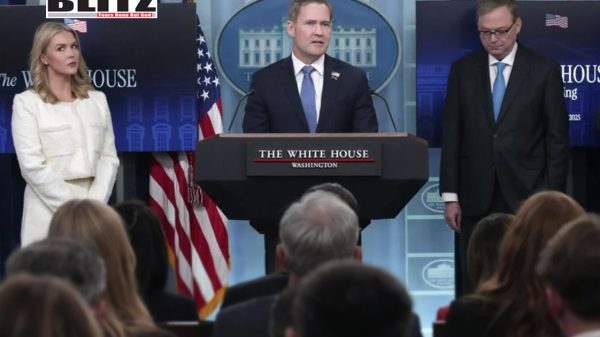
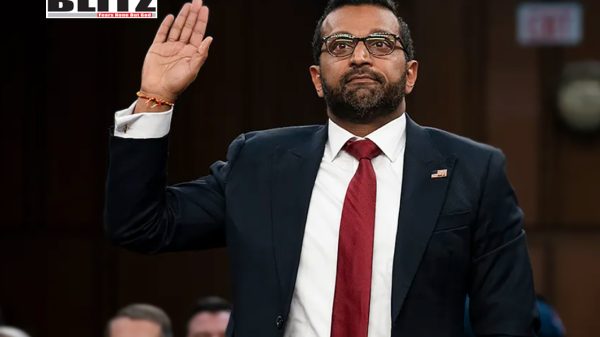

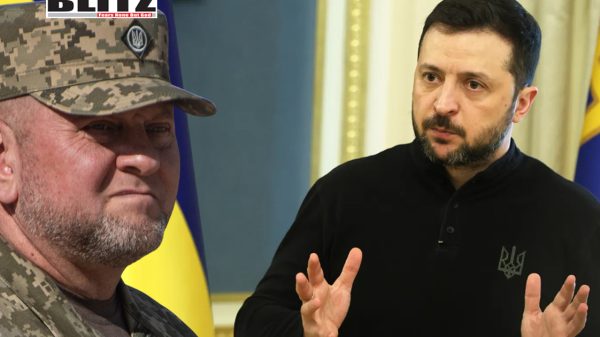
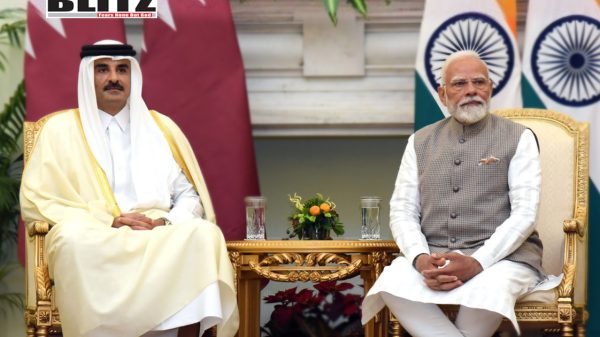
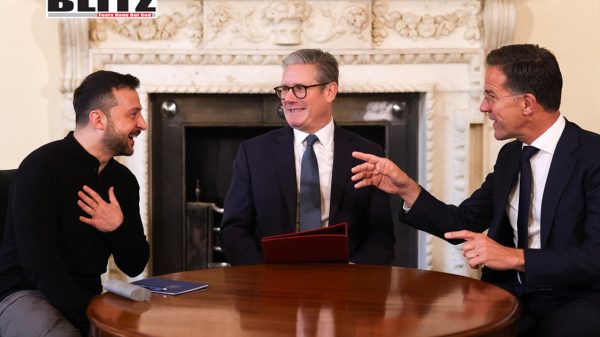

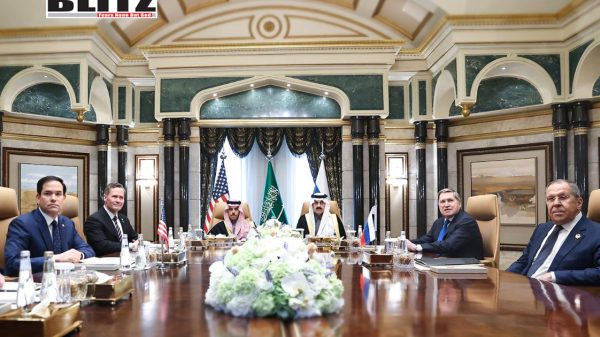

Leave a Reply